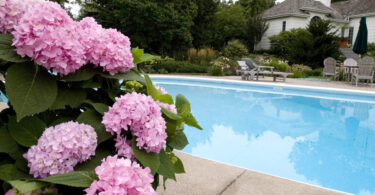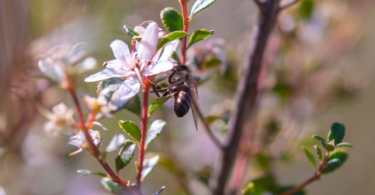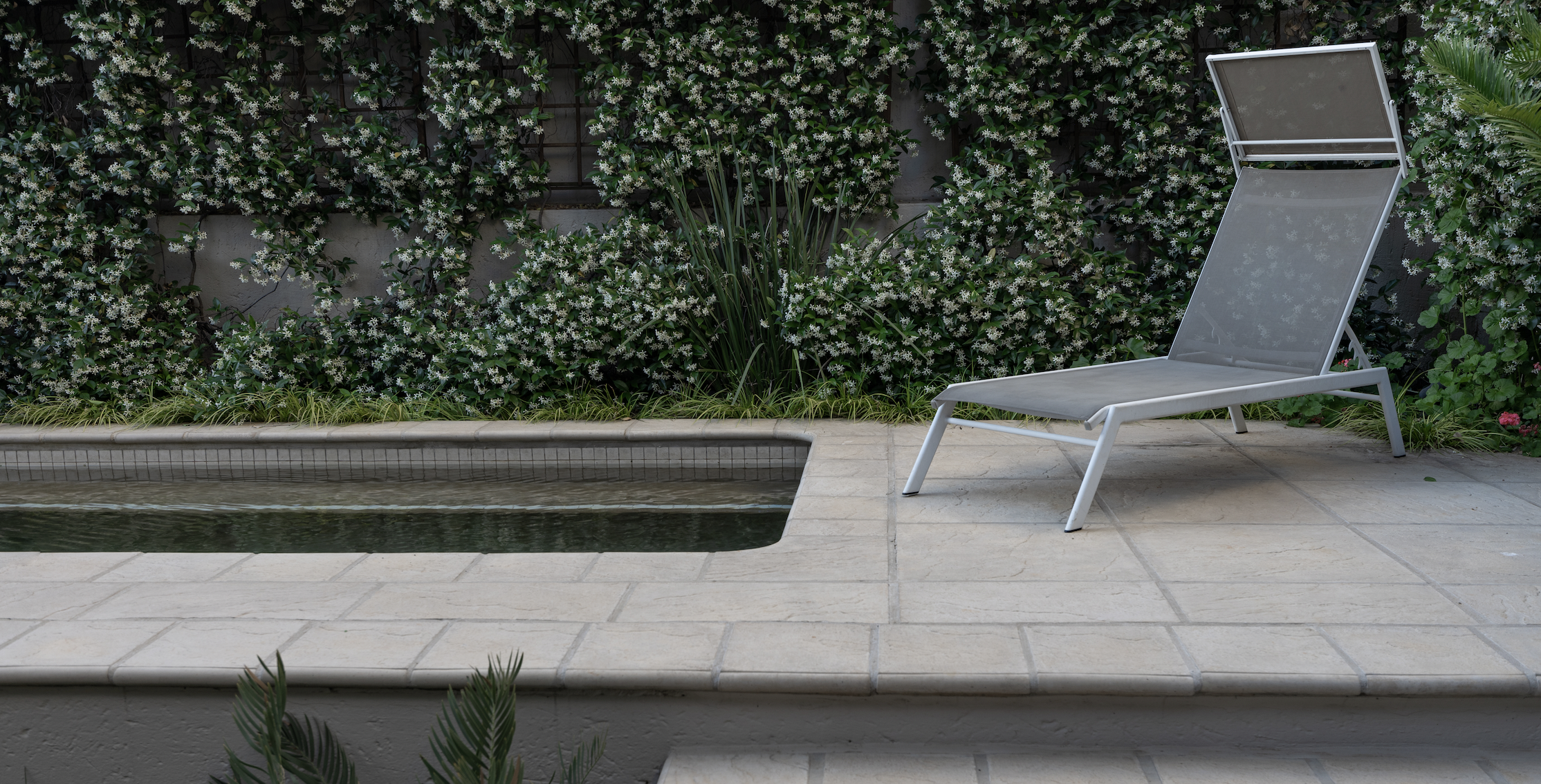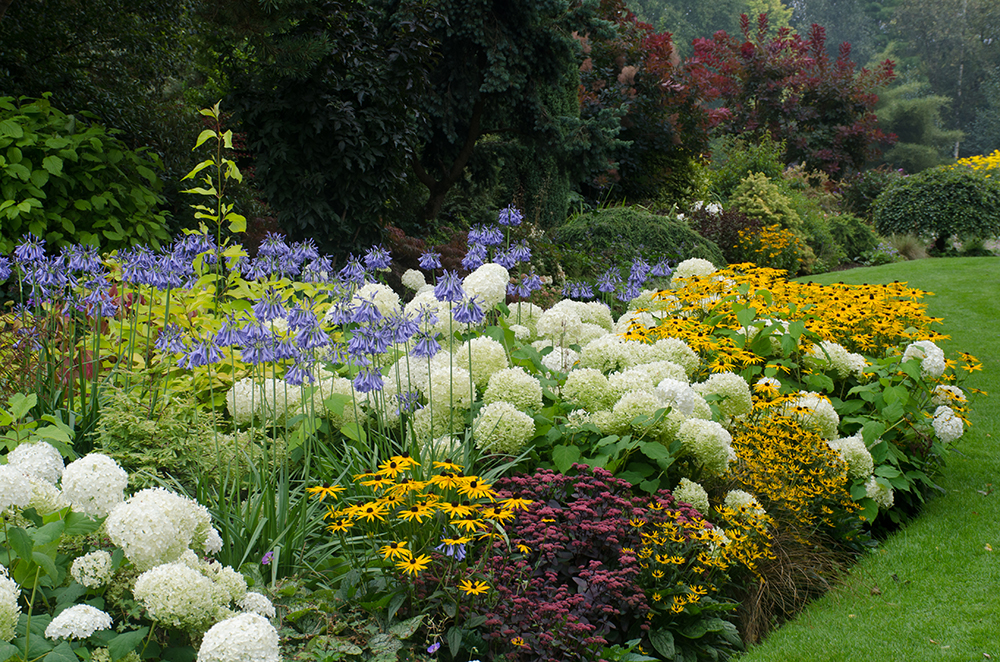One thing all beautiful gardens have in common is a well-designed layout. We share some pointers on creating a statement garden.
Planning your design
Edwin Lutyens, one of the most influential garden designers of the 20th century, believed that “a garden scheme should have a backbone – a central idea beautifully phrased”. In other words, any garden needs a well-laid-out plan.
When designing your garden, the first step is to decide on a common narrative, or “central idea” that will link one space to the next. Do you prefer a clean-lined, modern garden with a minimalist underpinning, or does an English-country garden brimming with flowers and roses make your heart skip a beat?
Tip: Don’t let your reach exceed your grasp – decorative and artistic should be tempered with practicality (and budget).

Garden Design Focus
Hardscaping
Hard landscaping establishes clearly delineated spaces and can be seen as the “blueprint” of your garden. Elements such as terraced walls, built-in water features, pergolas, gazebos and garden paths add depth, dimension and another layer of interest to outdoor spaces. They can be used as a background for statement planting or as a focal point.
Tip: Colour, texture and shape are the cornerstones of hardscaping. Consider how the different shades and textures of materials interact with your garden’s planting schemes.

Paperbark.co.uk
An evergreen backbone
A careful selection of shrubs and trees form an evergreen backbone that will ensure that your garden looks good from one season to the next. Opt for a mix of evergreen and deciduous trees, underplanted with shrubs that have interesting foliage.

RHS Chelsea Flower Show 2016
Splashes of colour
Gertrude Jekyll, the doyenne of garden design, once wrote: “To plant and maintain a flower border, with a good scheme for colour, is by no means the easy thing that is commonly supposed.” Bountiful, floriferous borders are real showstoppers, but they tend to be seasonal and demand considerable time, attention and planning.
When it comes to flowering annuals, bi-annuals, bulbs and perennials, succession is the secret to success. Always plant up a bed with plants that flower at different times of the year, so there is always colour.
Tip: Define areas that have full-day sun, morning sun, afternoon sun and shady spots, and plant your plants accordingly.

RHS Royal Chelsea Flower Show 2016
Additional source: Influential Gardeners: Gardeners Who Shaped 20th-Century Garden Style by Andrew Wilson (Clarkson Potter Publishers)









Leave a Comment